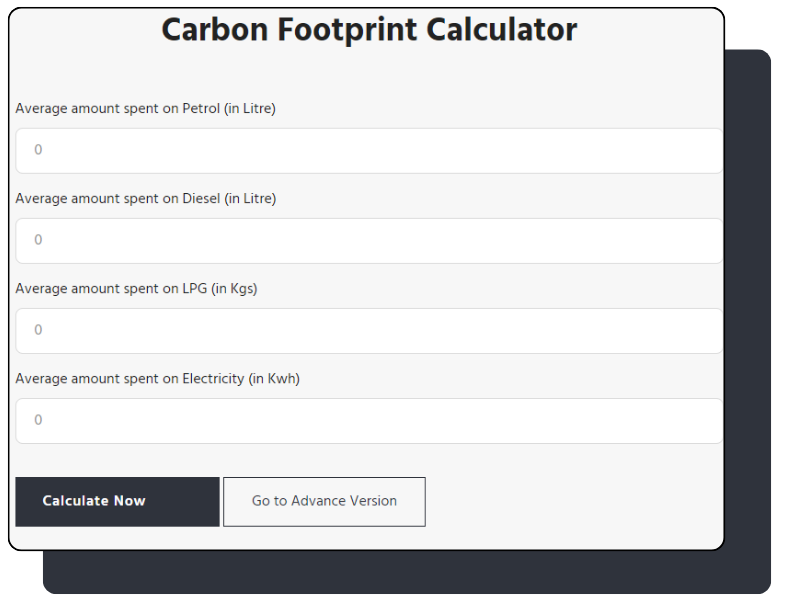We want to spread awareness about carbon emissions, how it is harming our environment and our daily lifestyle. Life continues to be more and more convenient for us but people fail to recognize how even a small change in our habits has the potential to impact the environment in incredible ways.
We aim to make people realize that and have a greener lifestyle. We also encourage people to take a pledge to reduce their carbon footprint in an effort to create a better future for the next generations.













